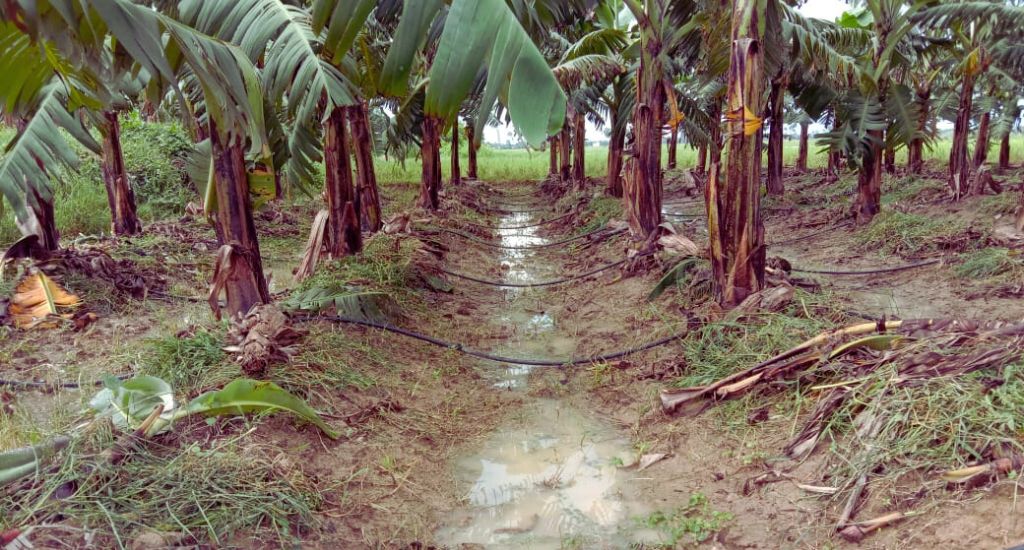
Bengal banana farmers bask in sunshine
Banana farmers in West Bengal’s Birbhum district conserve water and energy, utilising solar-powered pumps to extract groundwater and distribute it through the drip irrigation system.

Banana farmers in West Bengal’s Birbhum district conserve water and energy, utilising solar-powered pumps to extract groundwater and distribute it through the drip irrigation system.
Champa, Dwarf Cavendish, Kanthali, Singapuri, Giant Governor, Mortman… These are the banana varieties grown in West Bengal. But what’s in a name? Is there a fruit more “ap-peeling” than the banana? Nature knew exactly what it was doing when it crafted the banana — letting it grow in the form of a smile.
The fruit that makes for a perfect snack or a nutritious addition to breakfast is bringing joy to farmers seeking an alternative to traditional paddy cultivation in West Bengal’s Birbhum district. Inspired by heavy losses due to erratic rainfall and water scarcity, these enterprising villagers have turned to banana farming with the aid of solar-powered drip irrigation systems.
With over 62 farmers cultivating bananas across 200 bighas of farmland, this innovative approach is bringing hope and improved profitability to the region.
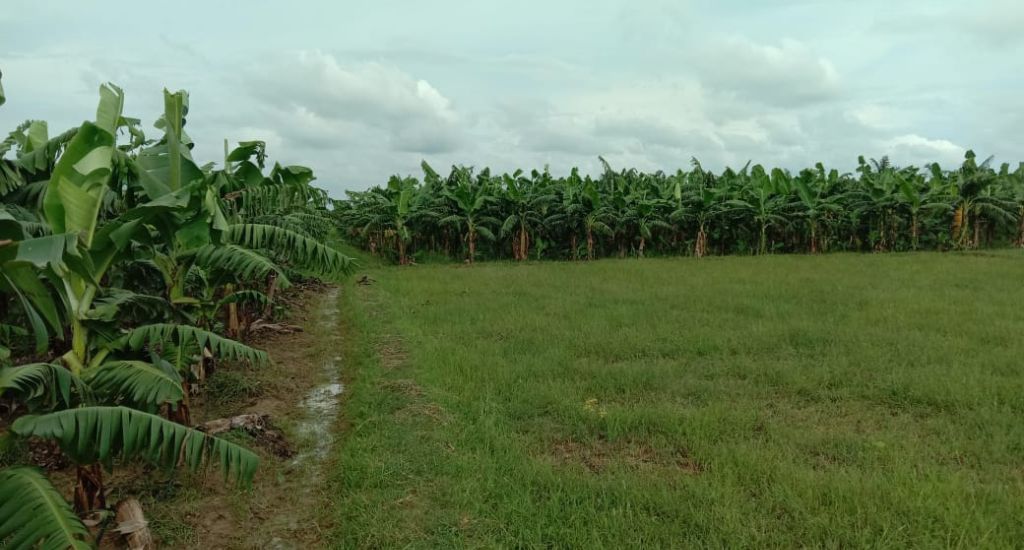
Indra Narayan Bagdi, a third-generation farmer, strolls through rows of banana plants. Delicate tubing lines snake their way through the farm, delivering precise amounts of water directly to the base of each plant.
Adjacent to the field stands an array of solar panels, glistening under the clear blue sky, silently converting sunlight into a sustainable energy source to power the drip irrigation system. Bagdi, like many others in the village, has embraced this novel technique.
Traditionally a paddy grower, Bagdi explains the limitations of cultivating rice.
“Heavy monthly irrigation costs and additional labour expenditures resulted in minimal profits. We barely made Rs 5,000 to Rs 6,000 each harvest,” the 48-year-old farmer said.
The advent of solar-powered irrigation has brought about a significant change. Fifteen strategically positioned solar panels on Bagdi’s farm capture maximum sunlight, generating clean and sustainable power.
Also Read | Youth trade guns for bananas in Assam
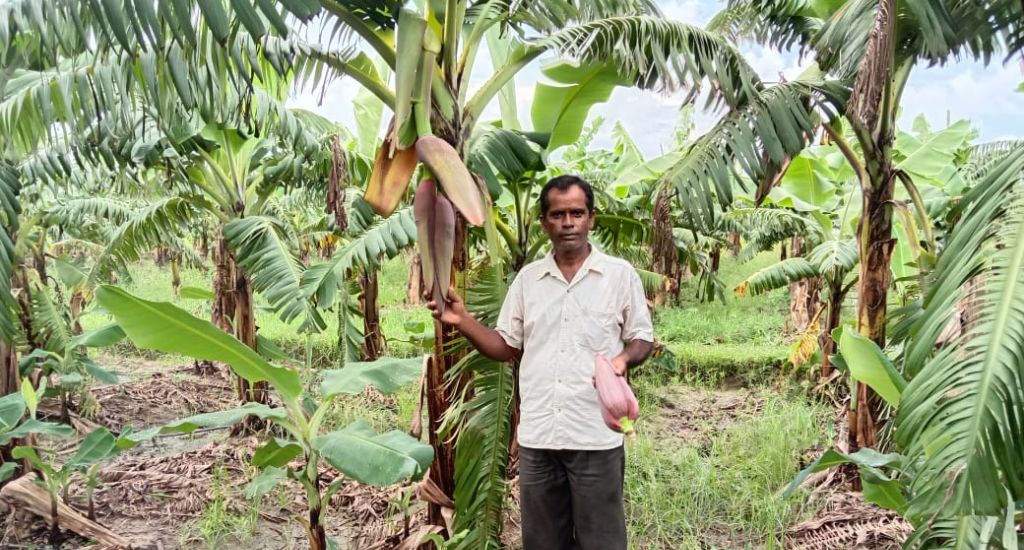
“Previously, I used a water pump that ran on grid electricity to extract groundwater for my paddy field. The three-month electricity bill amounted to around Rs 2,000 per bigha. But now I am free from any electricity bills,” Bagdi said, a broad smile adorning his face.
Budhan Murmu, another forward-thinking farmer, has also seen the profitability of growing bananas with solar-powered micro-irrigation.
“Earlier this year, I sold bananas worth Rs 82,000 from my 1.5-bigha land,” Murmu said, highlighting the two- to three-fold increase in profits compared to paddy cultivation.
The farmers in Labhpur block received support from the district agriculture office and Tomorrow’s Foundation, a Kolkata-based non-profit organisation. Through the state government’s Bangla Krishi Sech Yojana (BKSY), they were given micro-irrigation setups and solar panels.
Kajal Kumar Saha, assistant director of agriculture at Labhpur, confirmed the positive impact of micro-irrigation on farmers’ livelihoods.
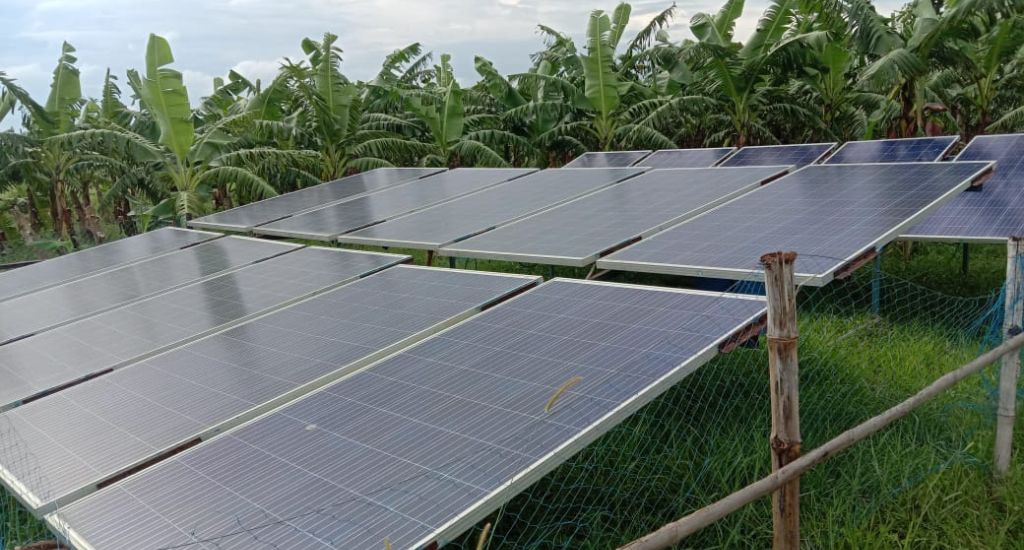
“Adoption of micro-irrigation has helped Labhpur farmers save on energy costs, reduce emissions, and improve their livelihoods,” Saha said.
India’s changing climate, characterised by erratic monsoons with extreme rainfall events and prolonged dry spells, has presented significant challenges to farmers. The Birbhum region’s paddy farmers have been particularly affected, prompting many to explore alternative crops such as bananas to sustain their livelihoods.
However, bananas are water-loving plants. They require substantial water for optimal productivity. Finding a balance between soil moisture and plant needs is crucial for successful banana cultivation.
Drip irrigation, with its targeted approach, minimises water loss due to evaporation and ensures that each plant receives the ideal amount of hydration, said C. Karpagam, principal scientist at ICAR’s National Research Centre for Banana, explaining how this method promotes optimal growth and health, ultimately leading to higher yields.
Currently, most agricultural land in India relies on groundwater pumps connected to the grid or powered by diesel, neither of which is sustainable or cost-effective for farmers. While the use of solar-powered pumps has been increasing, micro-irrigation, vital for countering groundwater depletion, is still not widely employed.
Also Read | Thriving through challenges, young farmer offers hope, motivation
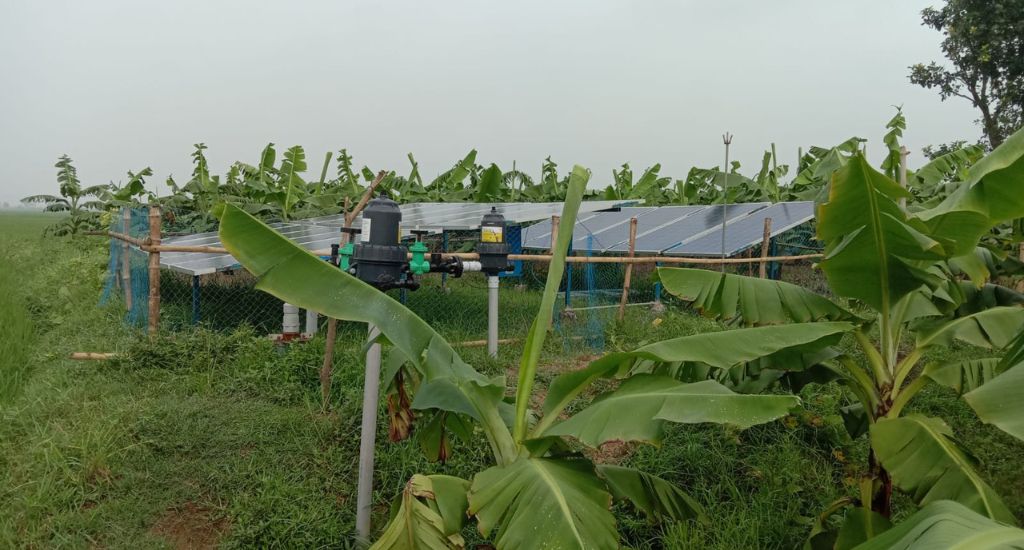
Although the coverage of drip and sprinkler irrigation methods in India remains relatively low compared to their potential, initiatives like those in Labhpur offer hope.
In Birbhum, a single solar power setup caters to 15 bighas of farmland, with 13 such panels already in operation. The state government is encouraging farmers to embrace solar technology for cultivation and irrigation, offering financial support.
With abundant, year-round sunshine, it is estimated that West Bengal alone could generate around 20,000MW of power through solar energy.
As the sun continues to shine on West Bengal’s banana farms, the future looks bright for these pioneering farmers.
The lead image at the top shows a banana plantation having a drip irrigation system. (Photo by Diwash Gahatraj)
Diwash Gahatraj is an independent journalist based in Siliguri, West Bengal.